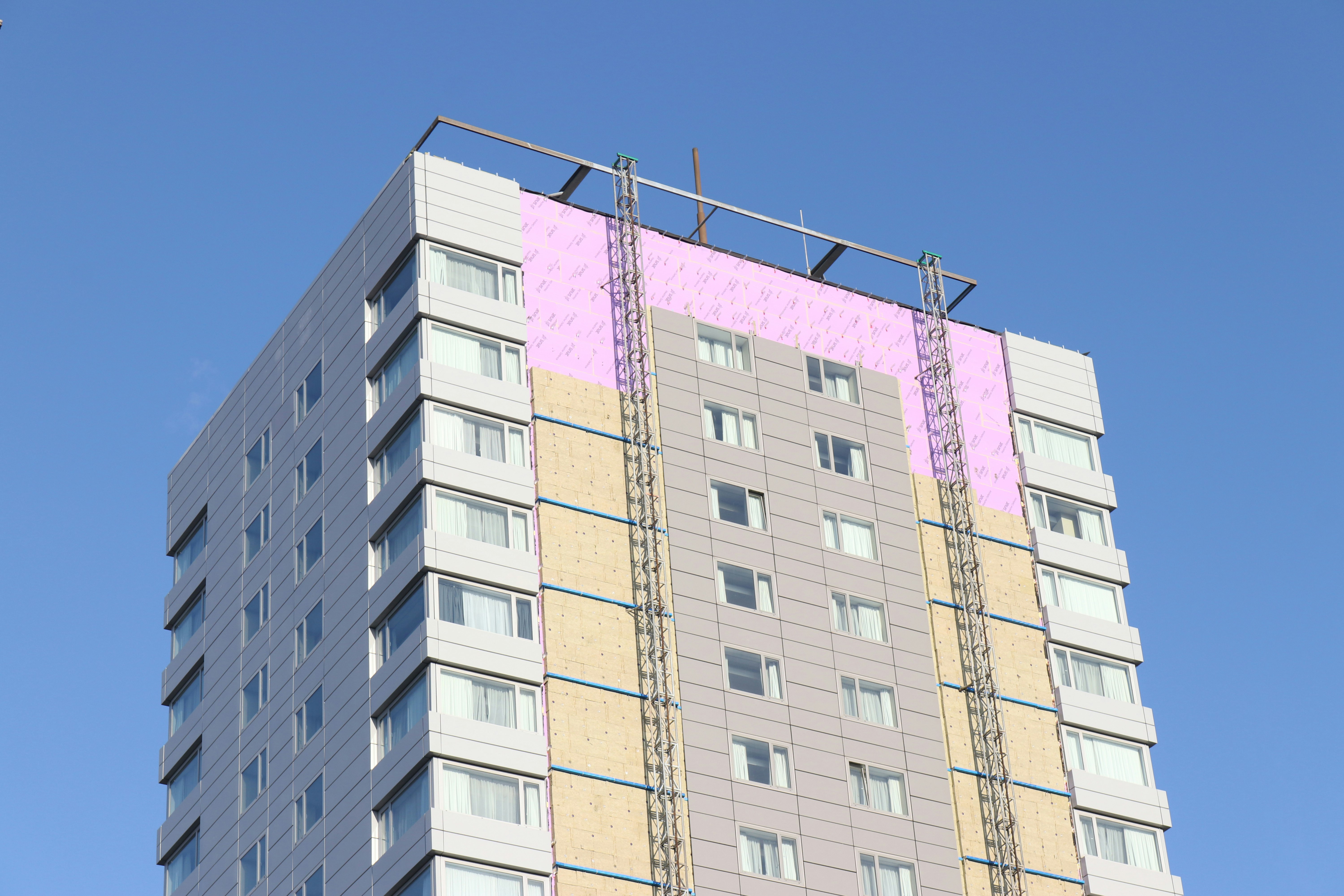According to information from the NAHB, builders are asking Congress to address a number of obstacles, including excessive red tape, tariffs on building materials, the nagging worker shortage and financing concerns. "Removing regulatory barriers that contribute to the increased costs of housing will pave the way to homeownership," said NAHB Chairman Greg Ugalde, a builder from Connecticut. "Home builders and the residential construction community are committed to working with Congress to ensure homeownership is within reach of hard working families."
From Twitter:
Kate Berry @kateberry1 Jun 4
"The U.S. has an affordable housing crisis in low-and moderate-income communities. FHFA Head Mark Calabria wants local communities to give 'regulatory relief,' to homebuilders but then admits that regulations are highest in wealthiest communities."
One factor contributing to homeownership obstacles is lack of supply. And, a recent report from Up For Growth indicates the housing shortage may even be worse than some anticipated. The report, “Housing Underproduction in the U.S.,” shows over a 15 year period from 2000 to 2015 that the U.S. under-produced more than 7 million housing units. That shortage spans 22 states and the District of Columbia, according to the group. The economic impact of the shortages is, by some accounts, $3 trillion per year.
“Such a shortage has a significant impact on quality of life for millions of Americans, across nearly all socioeconomic strata. Families are forced to pay more in rent or mortgages, and often live much farther away from job opportunities,” according to the report. “Long commutes lead to less time spent with children and loved ones. Additional cars on the road means increased CO2 emissions. More and more working-class families are pushed into homelessness or experience increased housing uncertainty.”
Other contributing factors, according to an analysis from the NAHB, include $10 billion building-material tariffs and regulation costs, accounting for fully one-quarter of the price of a single family home and 30% of a multi-family development. “Even with lower mortgage interest rates, housing affordability is relatively the same as it was a year ago. The NAHB/Wells Fargo Housing Opportunity Index found only 61% of new and existing homes were affordable to a typical household,” reads information from the trade association. At present, the home ownership rate is 64.2%, below the 25-year average rate of 66.3%, per the Census Bureau’s Housing Vacancy Survey reported by the NAHB.
However, despite these challenges, younger cohorts of home buyers have shown relative optimism compared to the preceding generations. In the first quarter of this year, hunting Millennials were the most likely to say they were expecting the search to get easier, with 23% reporting as such. Gen X’ers, Seniors and Boomers trailed at 22%, 20% and 18%, respectively, according to the NAHB.
In order to address the housing shortage, Up for Growth called for “transit-oriented smart growth,” which emphasizes walkable communities close to transit hubs to cut down on cars, reduce land usage and increase tax receipts. “This isn’t some pie-in-the-sky dream; it’s a reality if we work together to enact sensible policies that target the crux of the housing shortage,” reads its report. “Ensuring we build enough housing that is affordable to all Americans won’t be easy. But there is growing data that the housing shortage is too great to ignore, and the problem is only growing.”













